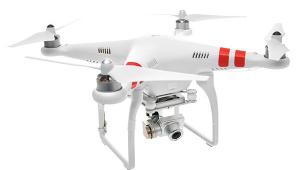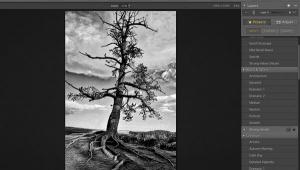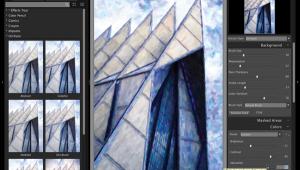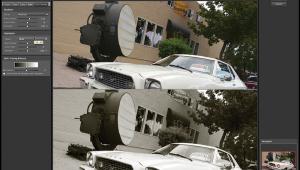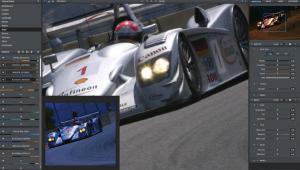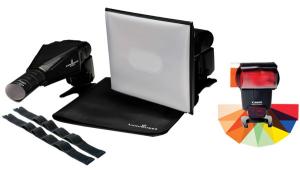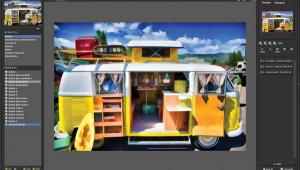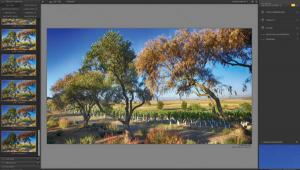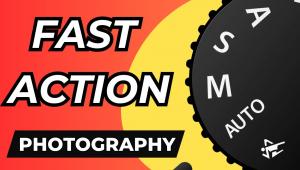Digital Innovations
Digicams Are Not New
"History repeats itself; that's one of the things wrong with history."--Clarence Darrow In February 1990, I wrote
a story for the now-defunct Photomethods magazine called "Digital
Photography: It's here now." It scared my editor so badly
he placed a disclaimer at the beginning of the column. This was a surprise
to me because even in '90, digital photography wasn't that
new. USA Today photographers had been covering events with Canon RC-760
digicams since '87 when the paper published the first digital
image on the front page of a US newspaper. |
|||
Plug-Ins Of The Month Smugmug: Photos On
The Web |
|||
Digital Stuff You're
Gonna Want What Were They Thinking? |



